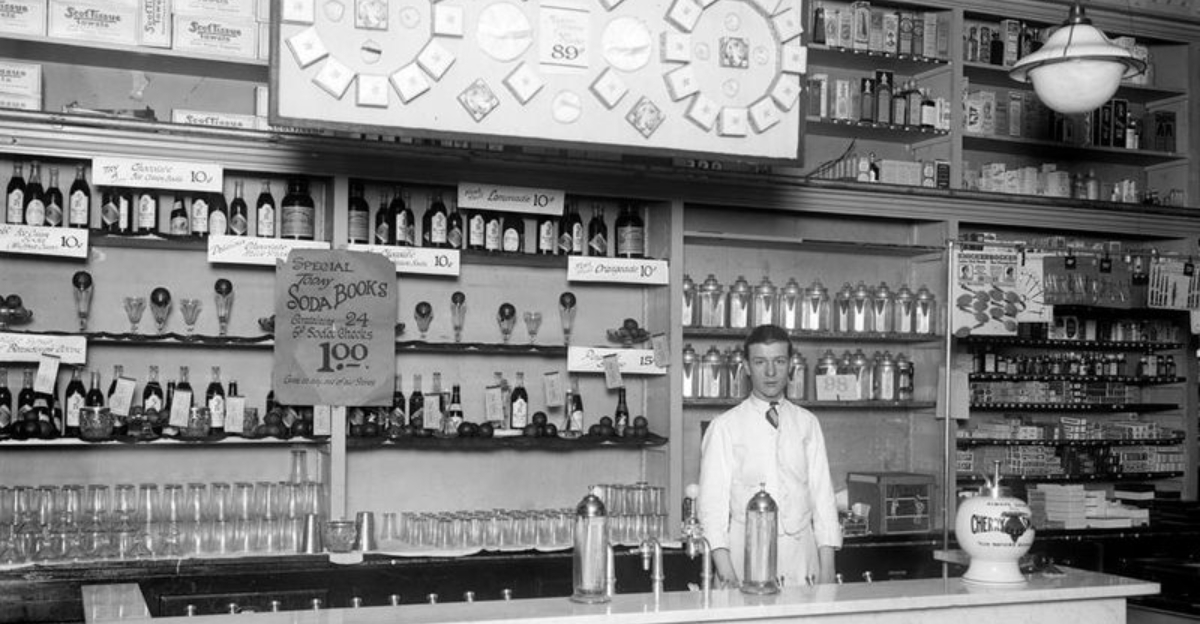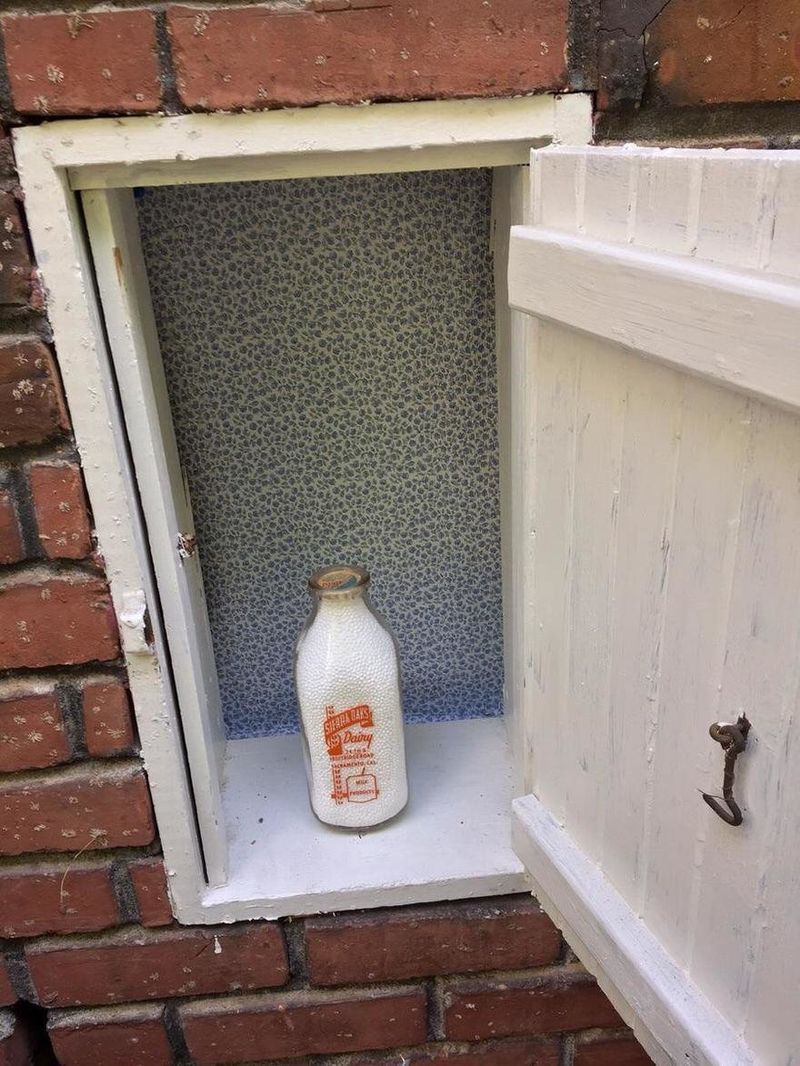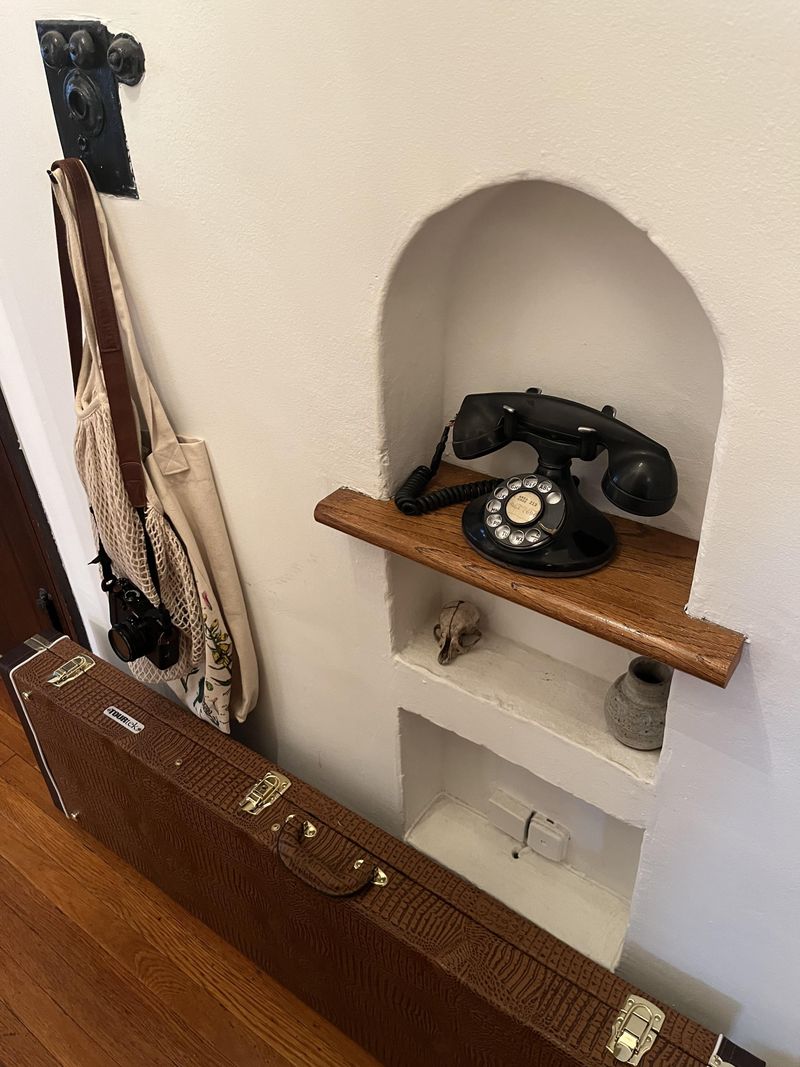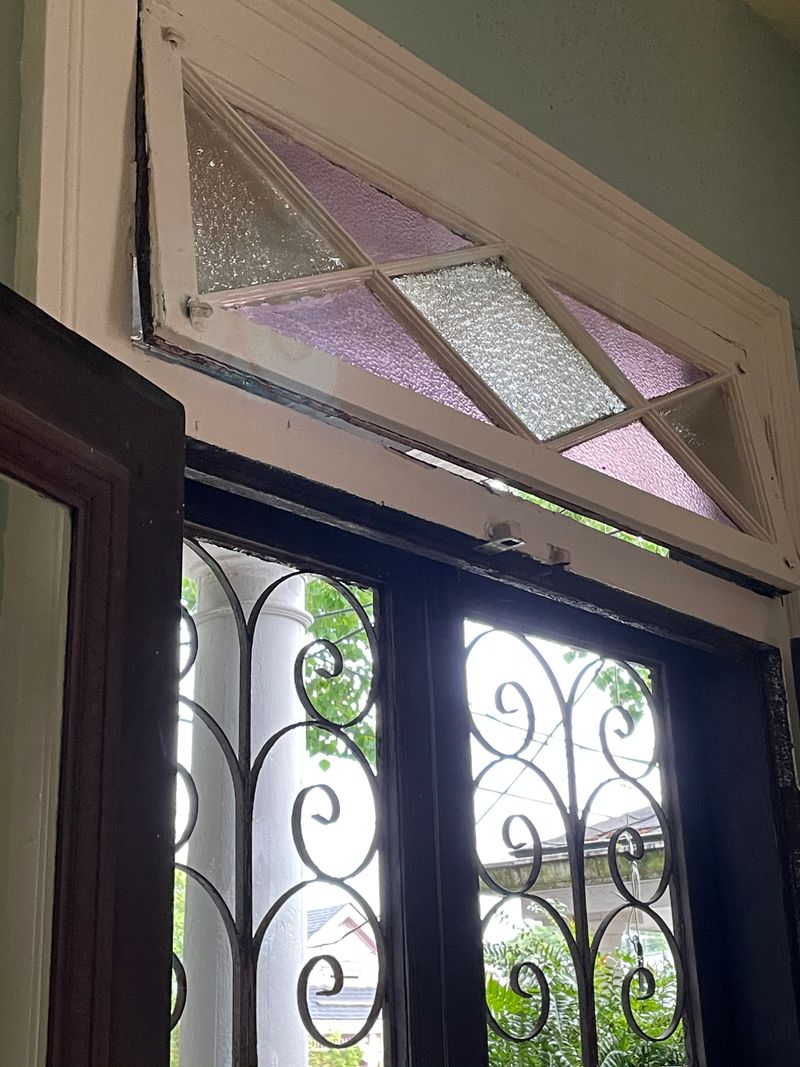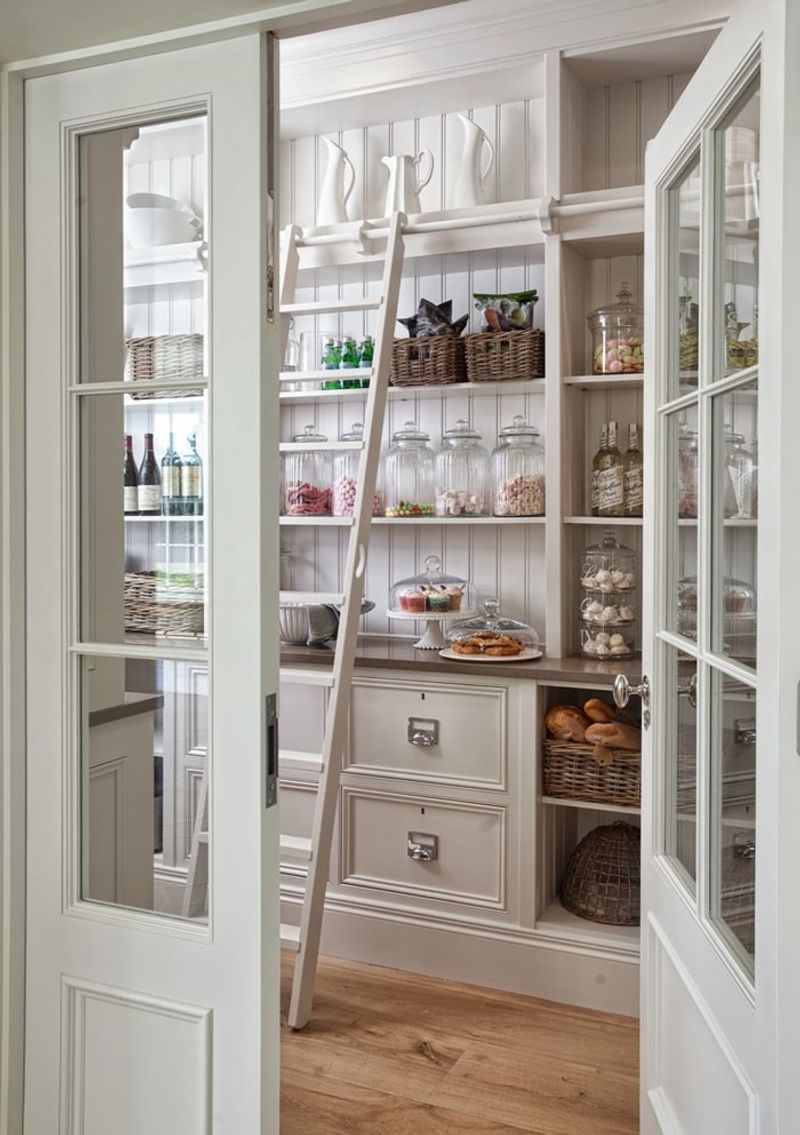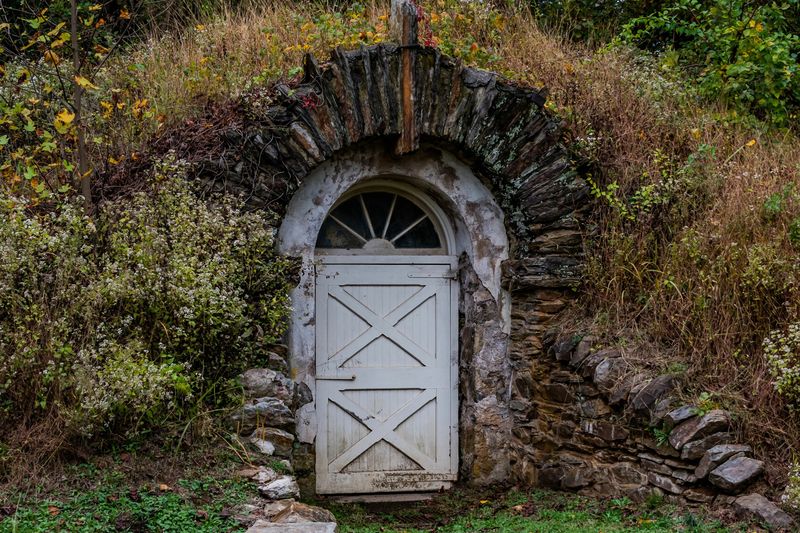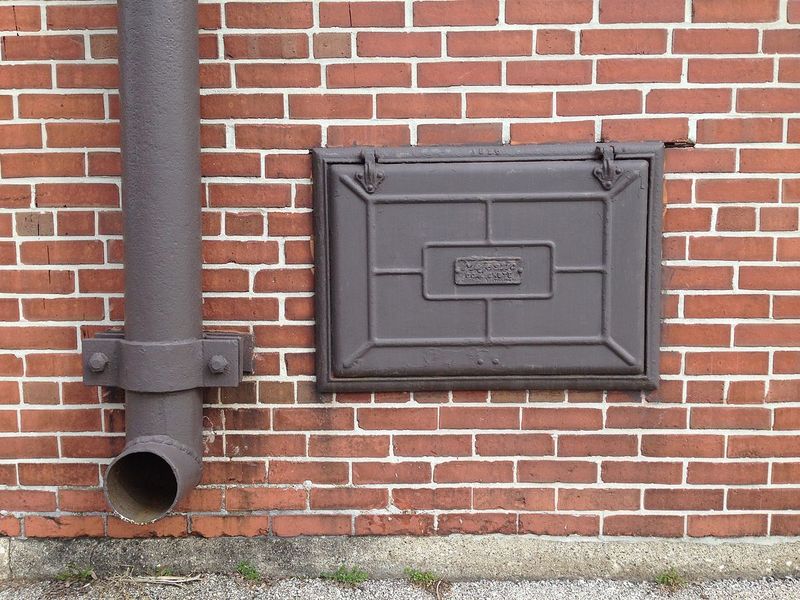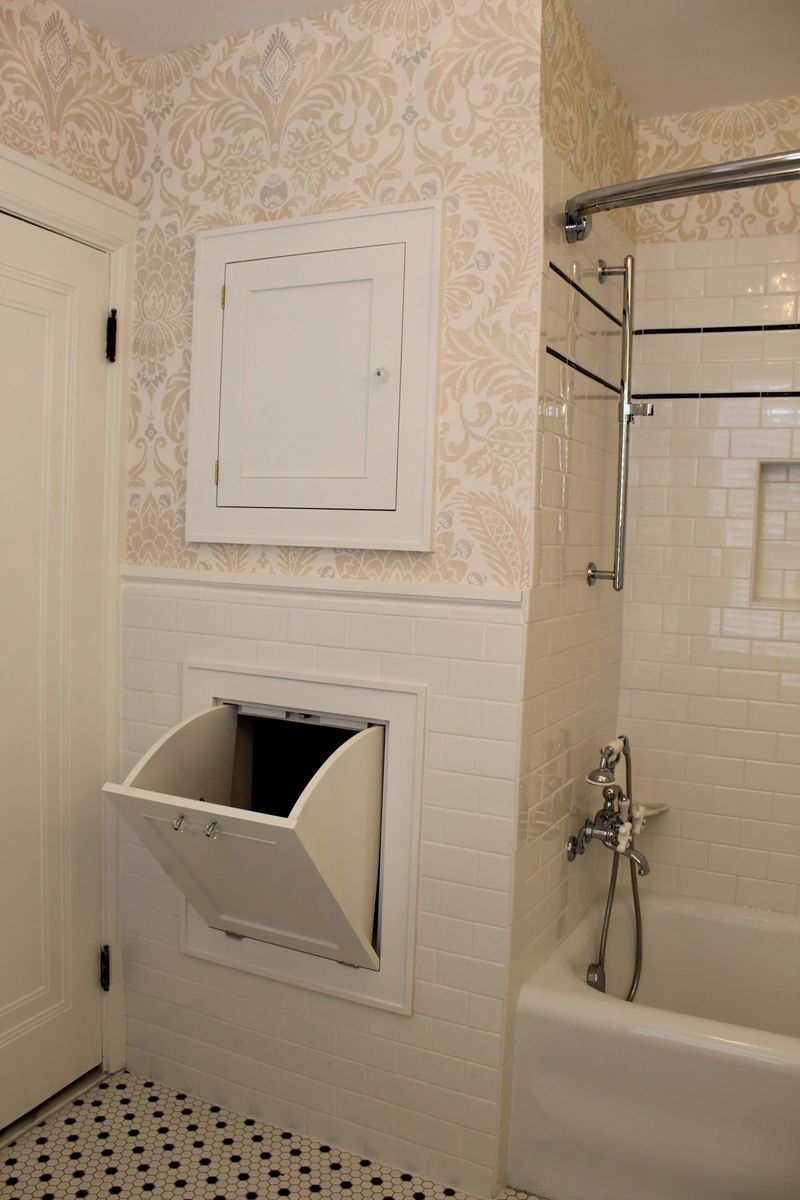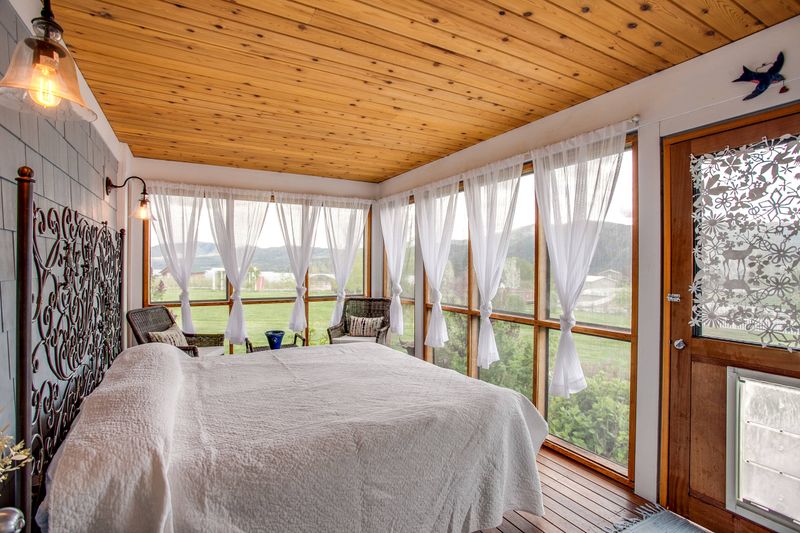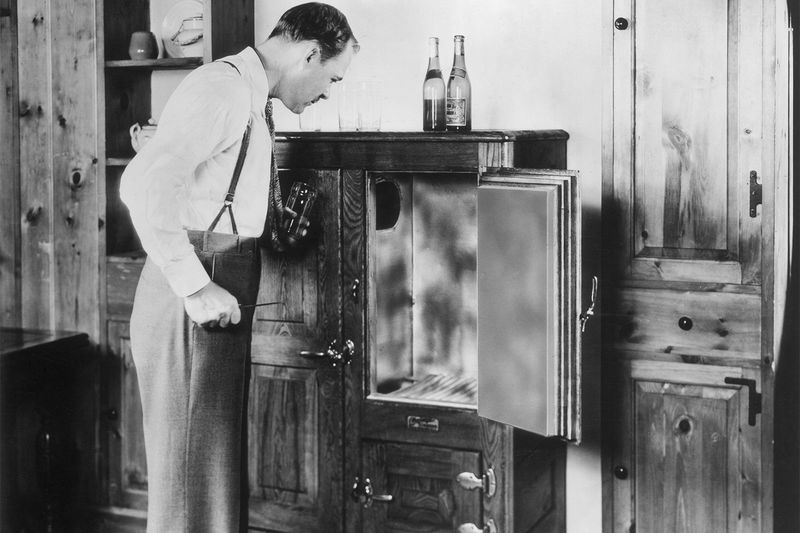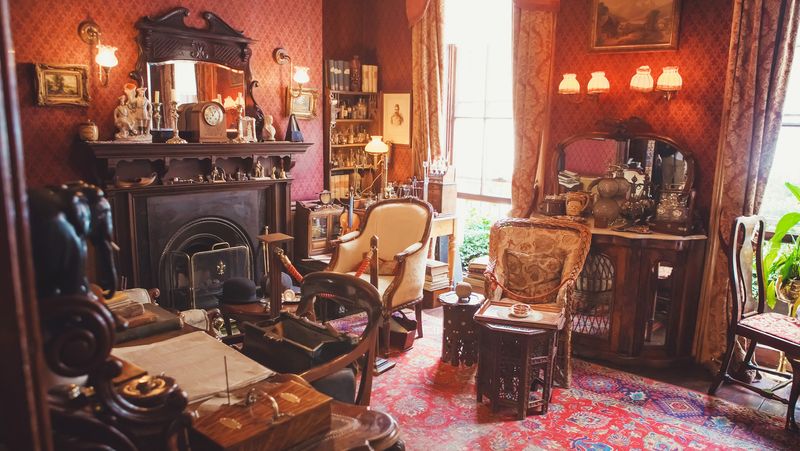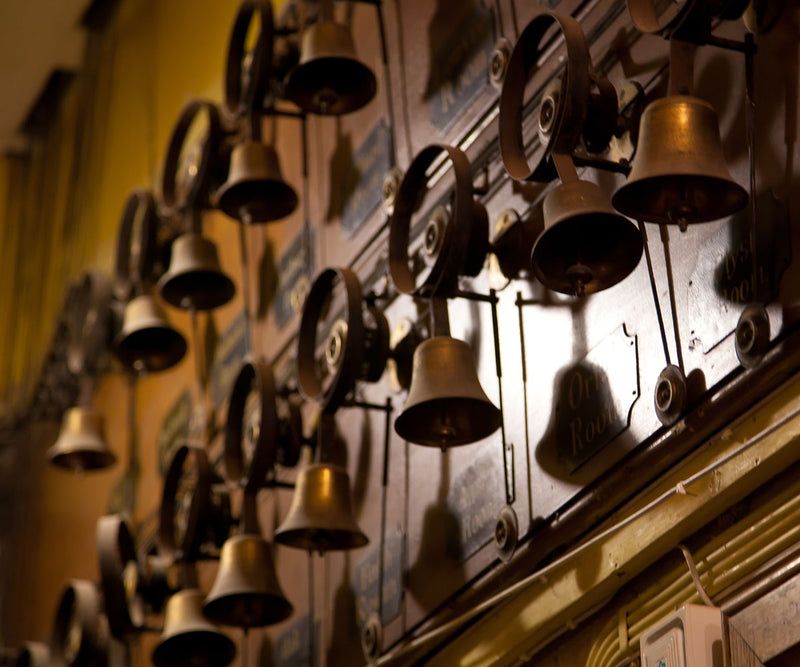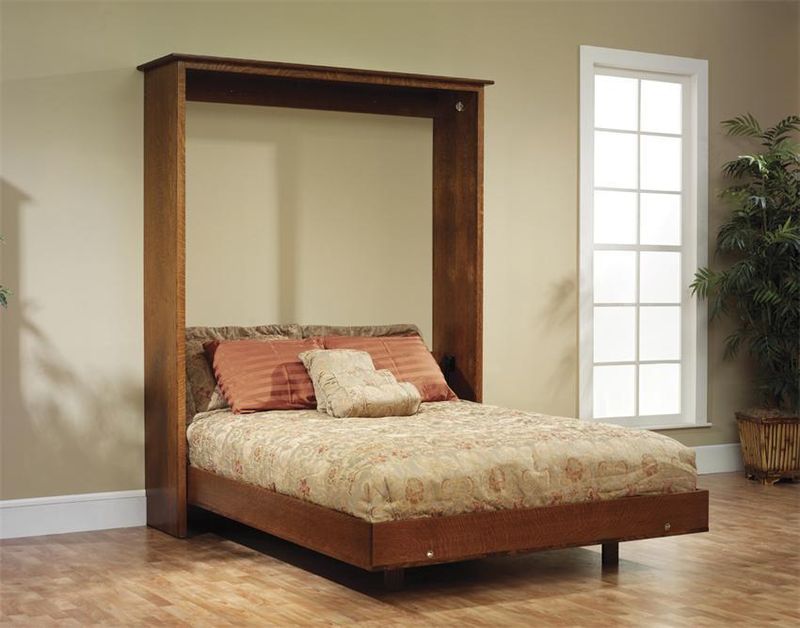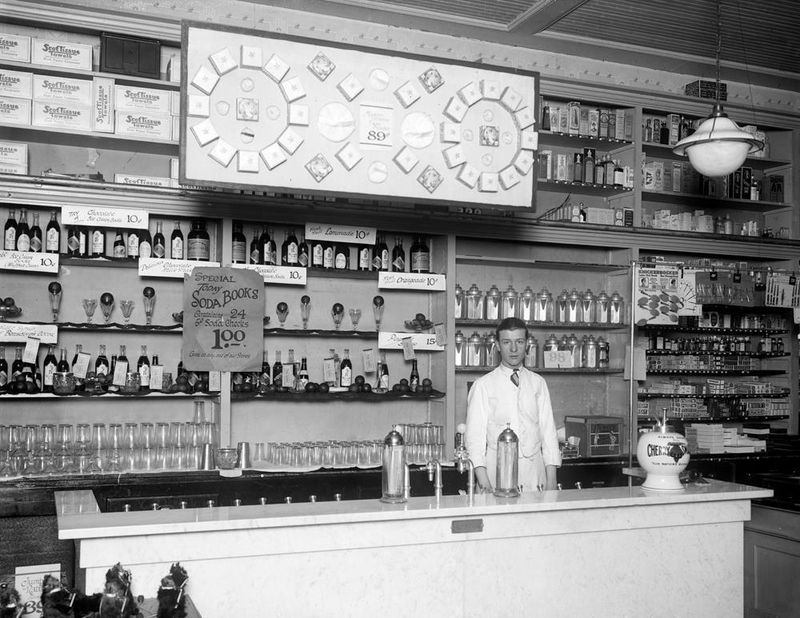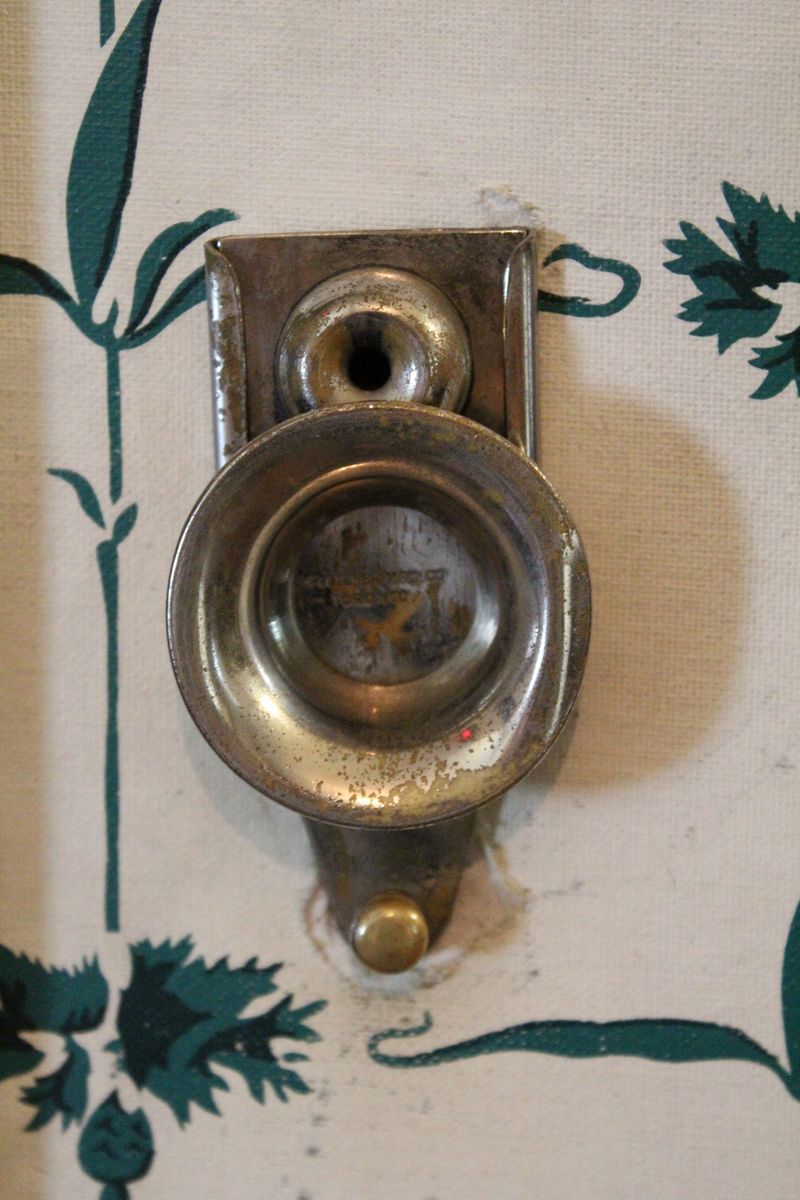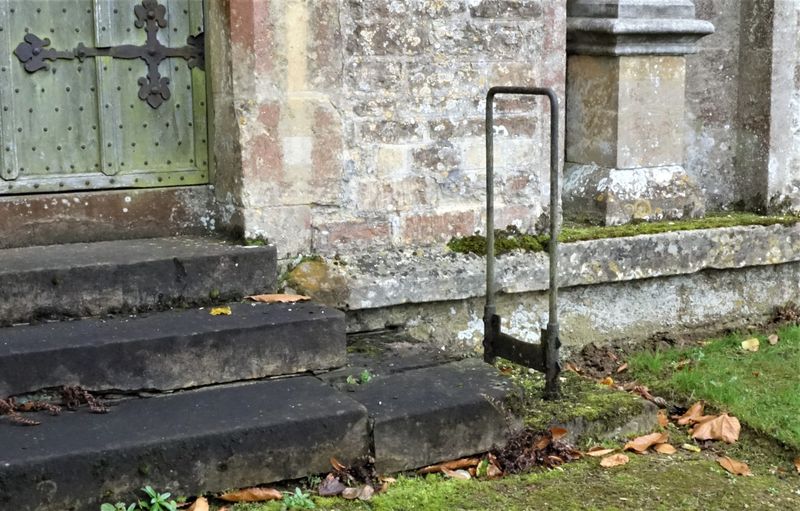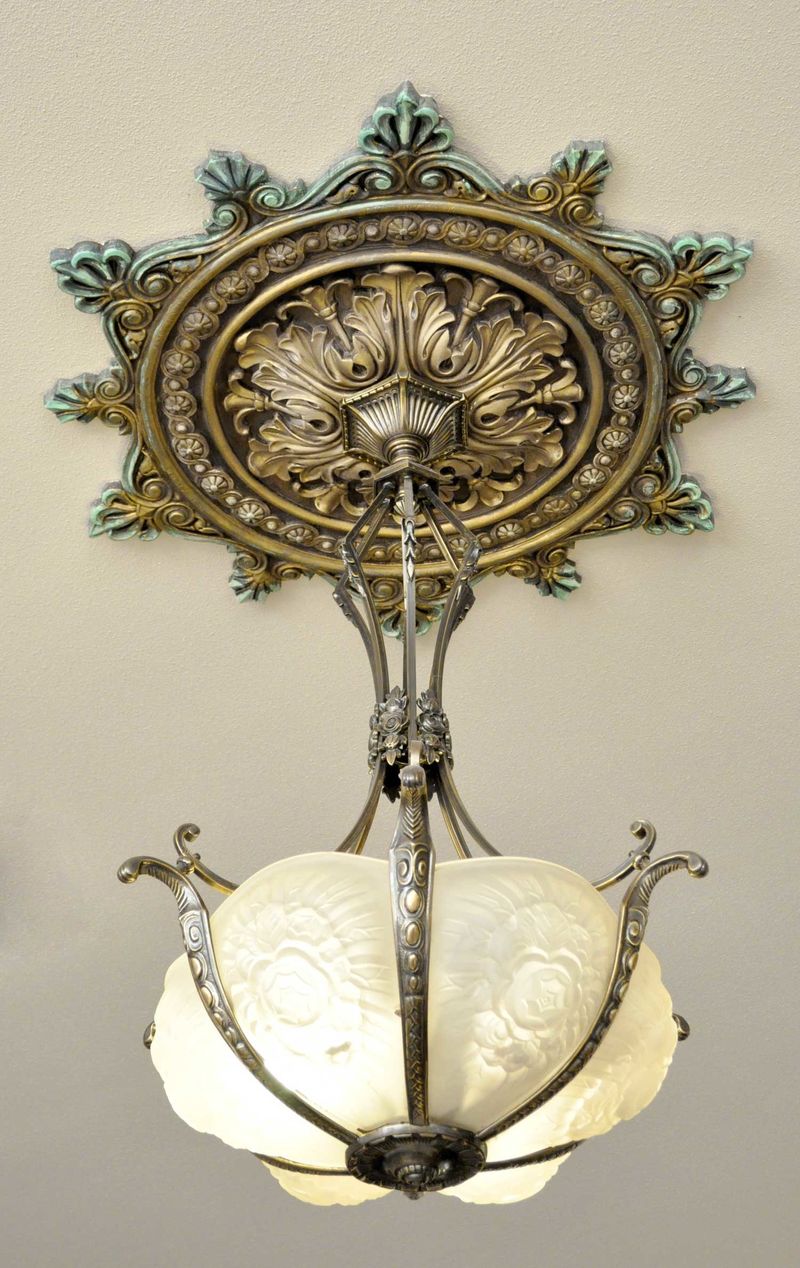Exploring the fascinating world of forgotten home features, this article delves into 16 architectural elements that were once commonplace but have now become relics of the past. From the peculiar milk door to the elegant ceiling medallion, each feature has a story to tell about a time when home life was vastly different. These features, often overlooked, hold historical significance and charm, reflecting the lifestyle and technology of their eras. While some are merely quaint remnants, others are ripe for rediscovery and adaptation in modern homes. Discover the past through these lost domestic treasures.
1. The Milk Door
Back in the day, a little door by the kitchen wasn’t just a quirky feature—it served a vital role. The milk door was a clever solution for fresh dairy delivery. Every morning, the milkman would place bottles through this tiny hatch, ensuring families had their daily dose of calcium. However, as home milk delivery faded in the 1950s, this quaint doorway lost its purpose. Today, it stands as a nostalgic reminder of bygone days, often repurposed or sealed. It whispers stories of a time when the clink of glass bottles was part of the morning routine.
2. The Phone Niche
Once the pride of the house, the phone niche was more than a shelf; it was a statement. Designed to cradle the family’s landline phone, complete with space for the tangled cord, it connected homes to the world. With the rise of smartphones, these niches now serve as odd little spaces, often becoming key holders or mini bookshelves. Despite their obsolescence, they evoke memories of whispered conversations and dial tones, capturing a bygone era’s communication hub. This niche is a quirky vestige of a time when staying connected meant more than a wireless signal.
3. The Transom Window
Above many a doorway, the transom window once beckoned breezes to dance through halls and rooms. It was a masterstroke in design, inviting fresh air to fill the home long before air conditioning cooled our interiors. Painted shut or forgotten, most people today have no idea how to operate these sash-adorned portals. Yet, they remain a charming architectural feature, hinting at the ingenuity of past builders. In older homes, these windows are a hallmark of a time when natural ventilation was king, offering a quaint glimpse into environmental adaptation.
4. The Butler’s Pantry
Tucked away behind swinging doors, the butler’s pantry was the nerve center of the household’s culinary operations. This discreet space allowed servants to prepare meals in elegance and secrecy, a sanctuary for silver polishing and china sorting. Today, most homes lack full-time staff or the grand dinners that necessitated such a room. Yet, these pantries are making a comeback in modern designs, valued for their extra storage and prep space. They echo a time of formal dining and meticulous service, standing as a testament to the art of hospitality in grand homes.
5. The Root Cellar
In an age before refrigeration, the root cellar was a vital part of home architecture. Dug deep into the earth, these spaces kept vegetables and canned goods at a cool temperature, extending their shelf life through winter months. The root cellar was a cornerstone of sustainability and self-reliance. As refrigerators became ubiquitous, these subterranean vaults fell out of favor. However, they still offer a green solution for those seeking to reduce energy use. Root cellars represent an enduring connection to the land and a time when preservation meant more than plastic and packaging.
6. The Coal Chute
Once, the coal chute was as essential to a home as the front door. This metal hatch allowed coal deliveries straight into the basement, fueling the fires that kept families warm through harsh winters. With the advent of gas and electric heating, these chutes were sealed or repurposed. They remain a curious feature, often mistaken for odd vents or forgotten doors. For the historically minded, they evoke images of soot-covered deliverymen and the industrial age’s reliance on coal. These chutes are small markers of a time when energy came in black lumps, not invisible streams.
7. The Clothes Chute
The clothes chute was a marvel of convenience in multi-story homes, offering a swift path for dirty laundry to hit the wash. Yet, as homes evolved and safety codes tightened, these chutes were often sealed shut. They posed fire hazards, acting as funnels for smoke and flames. Despite their disappearance, they linger in memory as a whimsical relic of homemaking efficiency. Today, a few enthusiasts restore these chutes as quirky conversation pieces. They symbolize an era when household chores had a touch of ingenuity and when laundry day was a vertical adventure.
8. The Sleeping Porch
Before air conditioning’s hum lulled us to sleep, the sleeping porch was a haven from stifling summer nights. Screened-in and airy, these porches offered families a cool place to rest under the stars. The advent of climate control rendered these spaces obsolete, but their charm endures. Retaining their original character, sleeping porches now serve as charming retreats or reading nooks. They reflect a time when architecture worked harmoniously with nature to provide comfort. Those who have them cherish the connection to simpler evenings and the gentle lullabies of crickets’ songs.
9. The Icebox
The icebox was the kitchen’s workhorse before refrigerators took over, a wooden cabinet with a space for ice blocks to keep food chilly. Delivered by the iceman, these blocks were the heart of the household’s cooling system. As electric refrigerators became common, iceboxes were left to history, but they still captivate with their quaint charm. Some modern homes reclaim them as storage or décor, honoring their legacy. Iceboxes reflect a time when cooling required daily logistics and neighborhood icemen were as familiar as the milkman, a fascinating slice of domestic ingenuity.
10. The Parlor
Once the crown jewel of any home, the parlor was reserved for high hospitality and solemn gatherings. This formal space, often adorned with fine furnishings and decor, signified a family’s standing. However, modern open-concept designs have all but erased these rooms, favoring versatile living spaces. Yet, the parlor’s allure persists, symbolizing a time of elegant social rituals and domestic formality. In homes where they survive, parlors are treasured as spaces for special occasions or personal retreats, echoing an era when every piece of furniture had a place and purpose.
11. The Servant Bells
In grand homes of yesteryear, a network of servant bells was the invisible thread tying household operations together. Each bell was tuned to a different room, ringing a unique chime to summon staff discreetly. As live-in help and grand estates dwindled, these systems fell silent. Today, they are intriguing relics, often found behind walls or in old attics. Servant bells echo a bygone era of domestic order and hierarchy, when service was a silent, clockwork affair. These bells remind us of a time when a tug of a cord was the height of household technology.
12. The Murphy Bed
The Murphy bed was a space-saving marvel, a bed that disappeared into the wall when not in use. This ingenious design was a godsend for small apartments, offering flexibility without sacrificing comfort. Though not as common today, a resurgence in tiny homes is reviving their appeal. Yet, many remain mystified by the mechanics of lowering these hidden beds safely. The Murphy bed captures the spirit of innovation in urban living, a clever solution to space constraints. It’s a testament to the creativity of an era when maximizing space meant more than clever furniture arrangement.
13. The Soda Fountain
A staple of 1920s kitchens, the soda fountain was a delightful fixture where families concocted frothy treats. Built into countertops, these stations were the heart of many homes, bringing diner-style indulgence to the kitchen. As tastes evolved and commercial diners flourished, these fountains faded from domestic settings. Today, they are rare and sought after by collectors and nostalgists alike. The soda fountain embodies a time of home-based entertainment and culinary creativity, when making a sundae was an event, not just dessert. It’s a sweet reminder of a bygone era’s kitchen culture.
14. The Speaking Tube
Long before intercoms and smartphones, the speaking tube was a novel communication system within homes and estates. This network of pipes allowed residents to call out between floors, a practical solution in sprawling homes. As technology advanced, these tubes were replaced by electronic means, leaving behind curious remnants of past ingenuity. Today, they serve as quaint conversation starters and historical curiosities. The speaking tube represents a time when communication was a physical endeavor, connecting rooms and residents through a series of hollow channels and shouted messages.
15. The Boot Scraper
Before sidewalks and paved paths, the boot scraper was an essential fixture by the front door. This small metal blade served a practical purpose: cleaning mud and dirt off shoes before stepping inside. As urbanization introduced sidewalks and lawns, these scrapers became less vital, often left to rust or removed entirely. Yet their presence evokes a time of country living and practical design. Boot scrapers are a nod to an era when every entrance had its duties, blending function with the simplicity of a task often overlooked in modern times.
16. The Ceiling Medallion
Ceiling medallions, once essential for hiding soot stains from gas lamps, have become purely decorative. These plaster discs, often intricately designed, were central to a room’s aesthetic. With the advent of electric lighting, their practical function faded, but their ornamental appeal endured. Today, they add elegance and historical charm to interiors, bridging past and present design sensibilities. The ceiling medallion is a testament to a time when even utility had grace, reflecting an era when decorative plasterwork was an art form in home embellishment. They remain beloved for their timeless beauty.
